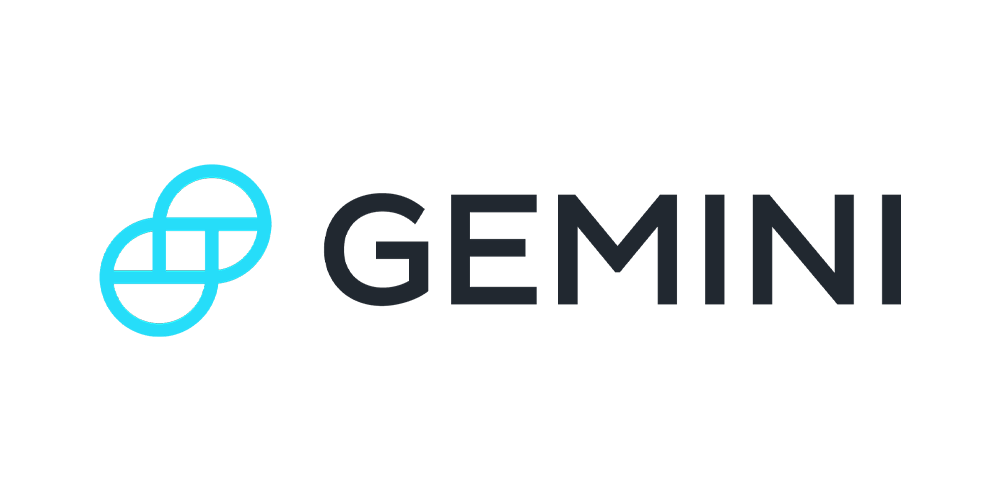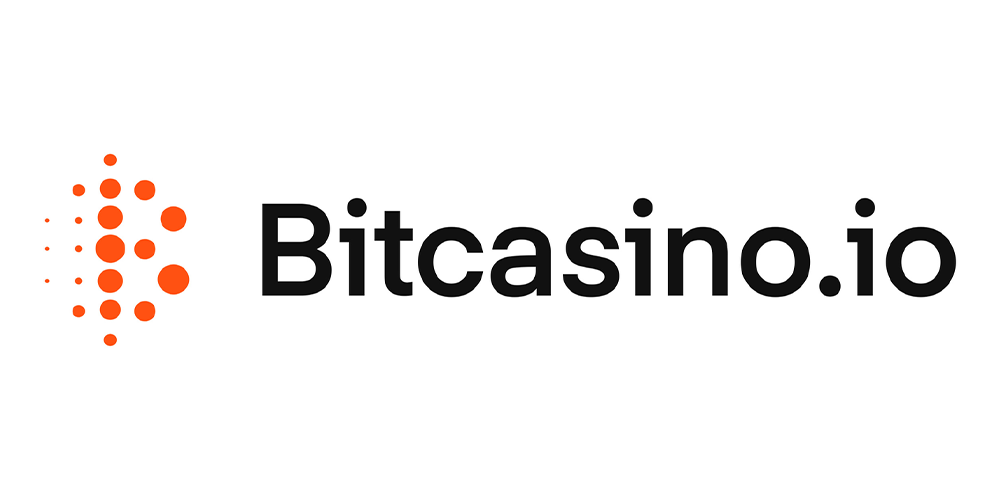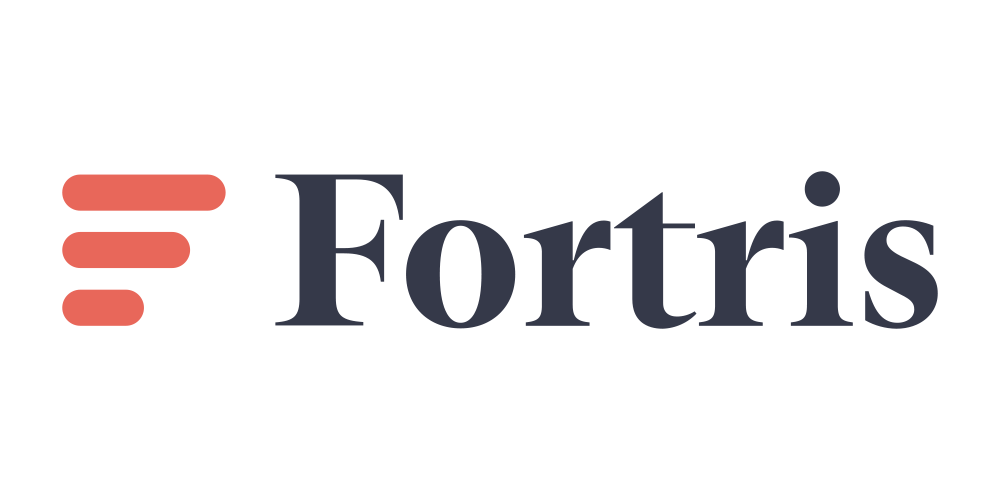How the Fed “Went Broke” with Lyn Alden
Where to find the show
Download Episode MP3 File
The file will open in a new window. Click down arrow to download the file.
“What they did back in 2008…they said, ‘Well, we’re going to create a tonne of new base money, we’re going to buy some of those assets to reliquefy the system.’ And so, it’s not an exaggeration to say it’s essentially like a Ponzi scheme, it’s something that has to keep growing in order to function.”
SHOW DESCRIPTION
Lyn Alden is a macroeconomist and investment strategist. In this interview, we discuss her latest article: How the Fed “Went Broke”. Lyn explains how for the first time in modern history the Federal Reserve is operating at a loss. We talk about the ramifications in terms of continuing high inflation, the bankruptcy of government agencies, and the impacts on the Fed’s independence.
- - - -
Bitcoin was born when the global economic machine was showing signs of a terminal illness. Since then, governments around the world are trying to keep the system alive, using measures that will in fact hasten its demise. Due to misaligned political incentives, greed and ignorance, the world’s economy is now entering an unprecedented period of serious economic trauma.
Government bailouts are not new. Alexander Hamilton in 1792 used federal funds to prevent the collapse of the securities market. However, it was the use of Quantitative Easing (QE) to prop up the financial system during the Global Financial Crisis (GFC) when the Rubicon was crossed. The Fed bought over $2 trillion of commercial bank assets in 2008/9, paid for through an increase in the monetary base.
The main problem with the GFC was governments became tolerant of the new drug of choice: QE leading to an erosion of market discipline. QE3 started in late 2012, was nicknamed “QE infinity”. It result in $4.5 trillion of commercial bank assets being bought by the Fed. QE4, in response to the Covid pandemic, resulted in the Fed purchasing another $2 trillion of assets.
Since 2008, the monetary base in the US has increased by 750%. The inevitable result is inflation. The response by central banks is to increase interest rates, a tool that doesn't apply to the problem at hand: unsustainable levels of debt. Higher interest affects the cost of their liabilities, such that they are now, for the first time ever, in negative equity. They are “broke”.
What the markets know but politicians aren’t willing to accept is that this is a new paradigm. The UK Prime Minister Liz Truss was ousted after only 49 days when markets decided unfunded tax cuts with debt to GDP over 100% were irresponsible. The growing realisation is that budget deficits need to be cut. Smaller governments are likely whether people want them or not.
TIMESTAMPS
00:01:20: Introductions
00:02:36: The Fed's assets and liabilities
00:09:24: High-street/commercial banks
00:18:40: Fractional-reserve banking
00:27:21: Cost of capital
00:29:19: Central banks, and bank runs
00:33:19: Reverse repo
00:36:30: The Fed's independence, and ownership of the Fed
00:44:28: The Fed losing money and the resulting consequences
00:54:10: Expect a decade of inflation
00:58:35: Redeemability of gold in 1933
01:02:16: Government bankruptcies
01:08:41: Planning for the financial future
01:10:56: Impact of interest rates on inflation
01:13:37: Final comments
SUPPORT THE SHOW
If you enjoy The What Bitcoin Did Podcast you can help support the show by doing the following:
Become a Patron and get access to shows early or help contribute
Make a tip:
Subscribe on iTunes | Spotify | Stitcher | SoundCloud | YouTube | TuneIn | RSS Feed
Leave a review on iTunes
Share the show and episodes with your friends and family
Subscribe to the newsletter on my website
Follow me on Twitter Personal | Twitter Podcast | Instagram | Medium | YouTube
If you are interested in sponsoring the show, you can read more about that here or please feel free to drop me an email to discuss options.
SPONSORS
SHOW NOTES
Connect with Lyn:
On Twitter
On LinkedIn
Her Newsletter
Her Website
Mentioned in the interview:
Who Decides to Print Money in the U.S.? - Investopedia, May 2021
What did the Fed do in response to the COVID-19 crisis? - The Brookings Institution, Dec 2021
Trump Calls for Fed’s ‘Boneheads’ to Slash Interest Rates Below Zero - New York Times, Sep 2019
What Was Long-Term Capital Management (LTCM) and What Happened? - Investopedia, May 2021
What Was the Dot-Com Bubble & Why Did It Burst? - TheStreet, Jan 12th 2023
Why Is Social Security Running Out of Money? - Investopedia, Dec 2022
Other Relevant WBD Podcasts:
WBD623: Grayscale, the SEC & Genesis with Michael Sonnenshein
WBD613: America’s Role in the New World Order with Natalie Smolenski
WBD606: What Do Economists Get Wrong About Bitcoin with Josh Hendrickson
WBD568: How the US Dollar Shortage is Driving Global Instability with Jeff Snider
WBD542: Fractional Reserve, Base Money & Bitcoin with Matthew Mežinskis
WBD528: Everything You Know About the Economy is Wrong with Jeff Snider
WBD449: Chaos in the Bond Market with Greg Foss & Lawrence Lepard
WBD445: Do We Really Understand Inflation? with Cullen Roche












